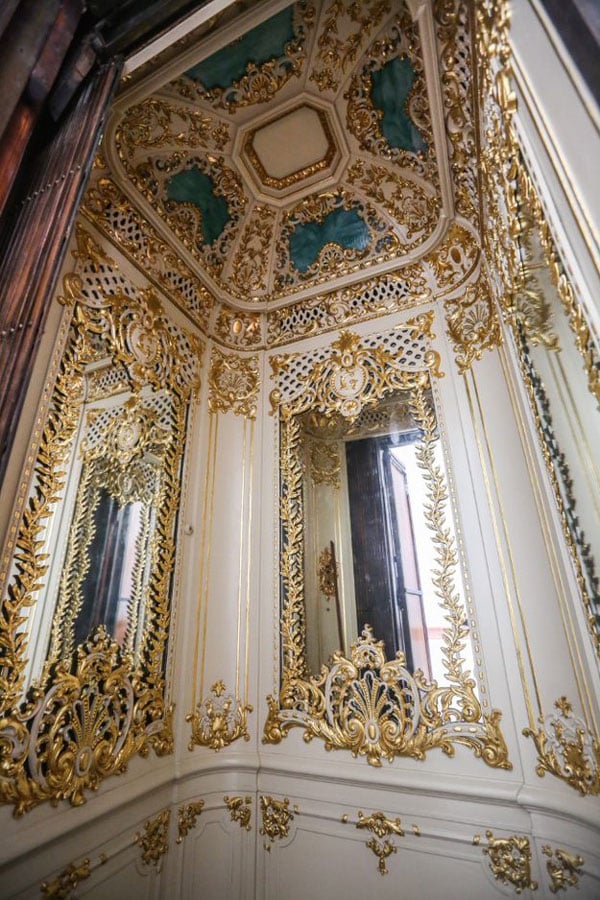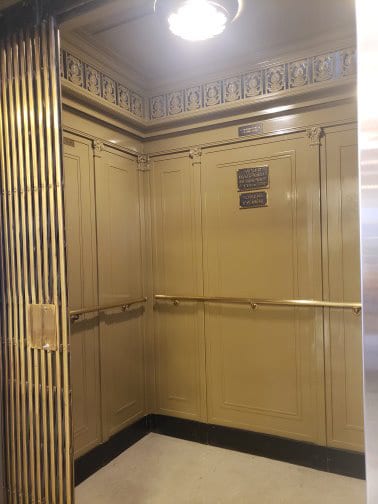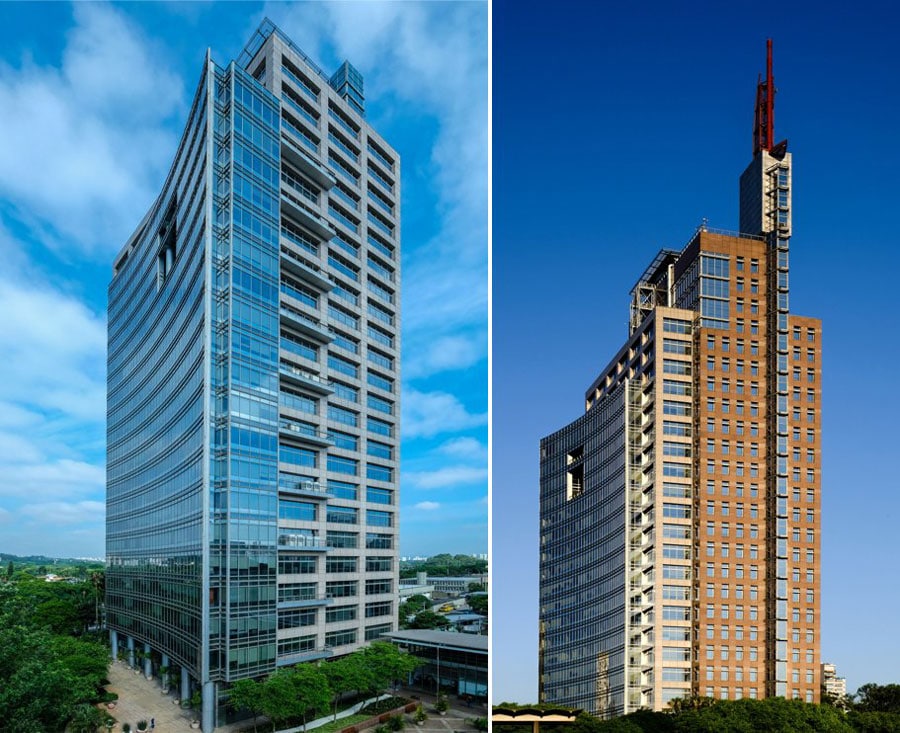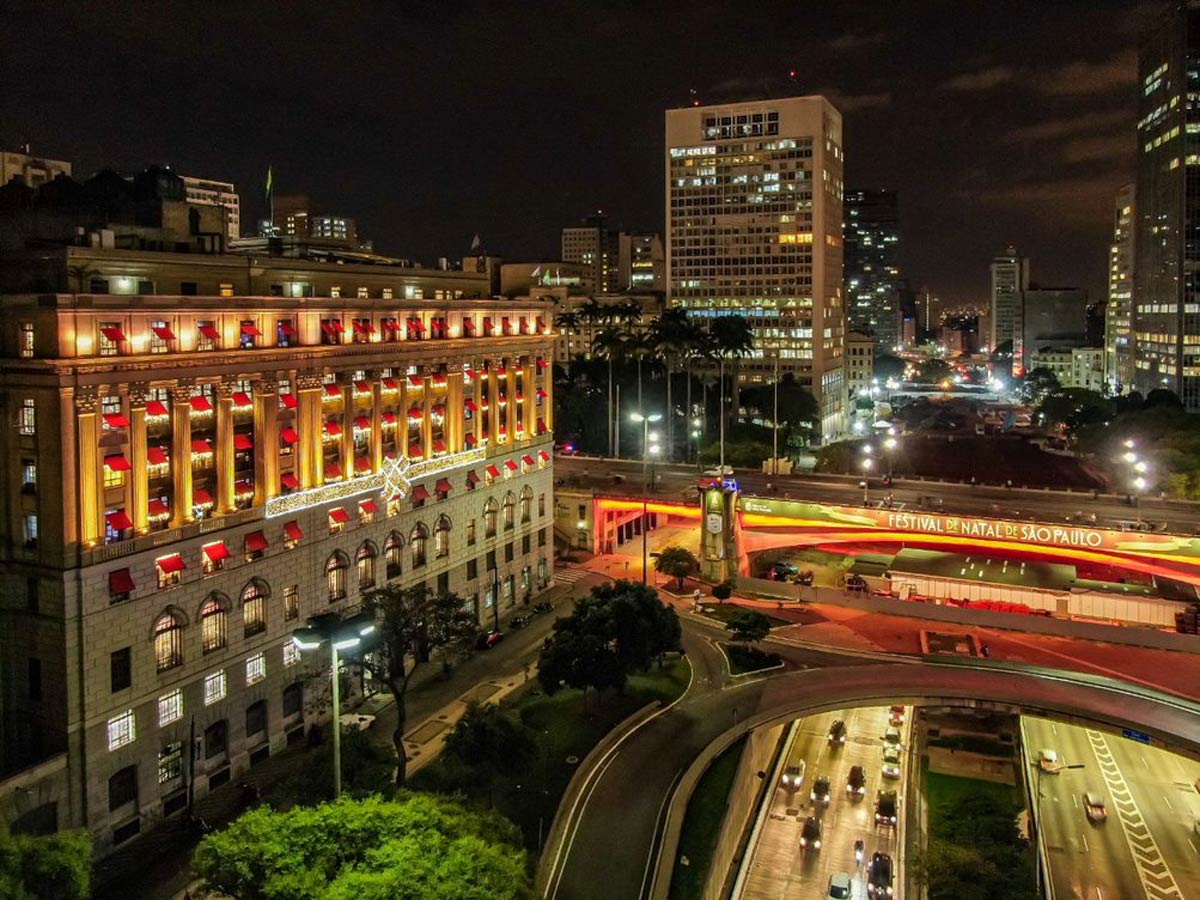Details are revealed about Otis Latin America’s projects, history and future.

A press release your author (KW) received earlier this year about Otis modernizing a trio of historic elevators at Shopping Light, a unique shopping complex in downtown São Paulo, Brazil, resulted in a more in-depth conversation with Fernando Peiter (FP), sales and marketing director of Otis, Latin America.
KW: Tell me about Shopping Light’s history and its elevators.
FP: The building opened in 1929 as the headquarters of energy company Light. After remodeling and restoration, it was transformed into a shopping center in 1999. Today, as Shopping Light, it is the largest and most complete shopping, service and leisure center in downtown São Paulo. The six elevators are from 1929 and manufactured by Otis. Only three consistently operate, and Otis is responsible for their maintenance. The six elevators are 21 UAL models, and the machines are Otis SE 72Ds. Each elevator travels 33 m at 2.25 m/s and has a capacity of 1120 kg. Each is 1,561-mm wide X 2,590-mm tall. Since Shopping Light is housed in a historic building cataloged by the City of São Paulo, the original aesthetic characteristics of the elevators’ doors, floors, walls and ceiling were preserved.

KW: What did Otis add during modernization?
FP: The three elevators modernized had Otis BOMCO gearless machines. In the old days, an elevator operator turned a handle to control elevator movement. All car operating panels (COPs) have been modernized, and variable/voltage variable/frequency technology has been installed, offering smoother, quieter and faster travel and reduced power consumption. Otis’ E322 VVV COPs bring a touch of elegance and refinement, combined with modern drive technology.
KW: Were COVID-19-related features, such as UV-light disinfection, added?
FP: No. However, by design, elevators have significant air exchange. They are usually among the best-ventilated spaces in a building. With simple mitigation, like all passengers properly wearing masks, a short elevator ride is a comparatively low-risk activity, comparable to shopping at the supermarket and less risky than al fresco dining.
KW: Tell me about Otis’ maintenance portfolio and history in Latin America.
FP: We have recently worked to strengthen our operational structure in Latin America to ensure we have the necessary installation capacity in the region to meet demand. We also invested in installation and maintenance processes, including training technical staff to global safety and quality standards.
We acquired a local distributor in Colombia in 2013 and Daba Ascensores in Chile in 2017. In 2018, Otis acquired the Mitsubishi Electric elevator and escalator business in Brazil. These acquisitions allowed us to expand our operations in this key region. We have opened new offices in several countries, including Argentina, Colombia and Chile.
KW: When, how and where was Otis established in Latin America?
FP: In Brazil, the story begins in 1906, when the country’s first Otis elevator was sold to Palácio das Laranjeiras, the current residence of the governor of the State of Rio de Janeiro. The palace elevator still works and has its original aesthetic features.
“Having local production in Brazil is of paramount importance to our regional strategy, as this manufacturing plant serves as the basis for exports to the rest of Latin America.”
In 2013, Otis built a new factory in the São Bernardo do Campo area of São Paulo. Currently, it produces equipment for the Latin American region that meets our global quality standards and uses modern technology. Producing our most efficient elevator system, Gen2®, the approximately 20,000-m2 facility was designed to minimize environmental impacts based on the U.S. Green Building Council’s Leadership in Energy and Environmental Design certifications. The plant uses natural energy and systems that reduce energy consumption. The site also recycles water and has a 47-m-tall elevator test tower and modern technical training center. A more-than-400-m2 showroom presents products and services to our customers. The facility is of paramount importance to our regional strategy, as this plant serves as the basis for exports to the rest of Latin America.

Otis is present in key infrastructure projects in Chile, Argentina, Mexico and Panama. In addition, iconic structures, such as the Christ the Redeemer statue in Rio de Janeiro and the Virreyes towers in Mexico City, feature Otis elevator technology. In Colombia, major projects such as BD Bacatá and the Torres Atrio towers incorporate our elevators and escalators.
KW: What is your outlook for the Latin American VT market over the next five years?
FP: Our goal is to continue to expand our business in Latin America. In Brazil, despite the high rate of urbanization relative to other emerging countries, there is a housing deficit, which means a potential elevator market. Additionally, each year, buildings get taller and require faster elevator speeds.
“Major Milestone” for Otis Brazil
Peiter describes a 13-elevator modernization at the 27-story, 149-m-tall Birmann 21 building in São Paulo as the biggest modernization in Otis Brazil’s history and a “major milestone” for the company. Otis Brazil provided elevators for the office tower when it opened in 1998 and has maintained them since. It announced the modernization contract in March. Including the Compass® 360 destination-dispatch system, the job will incorporate new motors, cabs, signage, call buttons and doors. Once complete, Birmann 21 will boast the fastest elevators in Brazil, traveling at up to 7 m/s. Of the 13 units, 11 will be SkyRiseTM high-rise elevators, and one will be a Gen2 machine-room-less elevator.

Get more of Elevator World. Sign up for our free e-newsletter.










